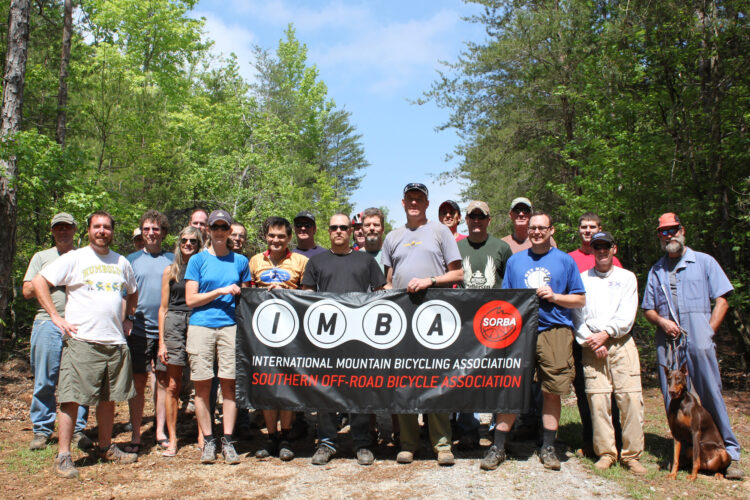
The Inflation Reduction Act (IRA) was signed into law on August 16. While the bill intends to reduce the current financial burden of inflation and health care on families and reduce the national deficit, there are measures targeting climate change too, and there is significant money being allocated for public land stewardship and resource protection.
“The IRA makes investments in public lands through funding for land conservation and resilience, increased staffing for federal lands, and more efficient public engagement processes,” wrote IMBA in a blog post.
IMBA says the bill could improve outdoor infrastructure and access in a number of ways. First, the IRA sets aside $5 billion for community protection from wildfires and creates jobs in forestry. The plan invests in forest health projects on public and private land and should equip firefighters and communities along the urban-wildland interface.
Let’s hope the reality of this is more fire-resilient or less fire-prone forests. More fires typically means more forest closures to fight fires, thus limiting access to trails or even damaging trails during the firefighting process.
“Mitigating natural disasters such as wildfires and floods means trails stay open longer and require less repair and maintenance,” says IMBA.
The IRA also invests in urban parks with competitive grants for land acquisition and aims to enhance access to parks and outdoor recreation in urban areas, according to IMBA.
“More people riding means more potential trail stewards and mountain bike advocates.”
This might look like more urban trails, pump tracks, and bike parks, but hopefully it means greater mountain bike trail access for more people. Historically, mountain bike access has been afforded to people who live near natural parks in rural areas, but the growth of urban bike parks has proved that mountain bike trails can exist in unassuming places.
The IRA directs money to better park infrastructure. The National Park Service, Bureau of Land Management, and other land agencies are notoriously understaffed. Often, their trail maintenance projects and trail crews are affected. Trails accumulate backlogs of tasks which often hinder an agency’s ability to review plans for new trails.
IMBA says that the money from the IRA should help federal land agencies operate more efficiently.
Lastly, the IRA puts money toward more efficient National Environmental Protection Act (NEPA) reviews. NEPAs are the comprehensive environmental reviews that happen when land management agencies are reviewing opportunities for new trails. They allow public scoping and resource review to determine if a trail in a give area is feasible or sensible. NEPAs are notorious for slowing the process of approving a trail though.
In the IRA, $100 million will be available for more efficient and effective reviews by the U.S. Forest Service and $150 million will go to the Department of Interior and the NPS, BLM, and other Dept. of Interior agencies.
IMBA notes the potential for more efficient review processes could mean trail approval happens more quickly and save time and money for mountain bike advocacy organizations.










2 Comments
Aug 20, 2022
Aug 21, 2022